Insulation Tips
Insulating a Flat Roof: What You Need To Know
Insulating a flat roof is a simple, energy-efficient way to keep your home cosy and warm in winter and cool in summer. Flat roof insulation reduces condensation and the likelihood of mould and damp development by creating a barrier to heat loss and gain.
With an estimated 25% to 35% of energy lost through a flat roof without insulation, it’s essential to understand what types of flat roof insulation are best for your home. Read on to find out how flat roof insulation can improve your home’s comfort and energy efficiency and how to insulate an existing flat roof.
The Importance of Flat Roof Insulation
If your flat roof structure is under-insulated or has no insulation, it will be hard to heat in winter and cool in summer. Your energy bills will also be more expensive. Flat roof insulation allows structures to regulate better temperatures, improving the energy efficiency of the heating and cooling.
Flat roof insulation not only keeps your house more comfortable, but it can save you money. A 2023 Climate Council report shows that improving your home’s thermal efficiency by installing insulation and fixing draughts can save each household between $354 and $1,561 per year. Find out more about the potential cost savings of insulation here.
Other benefits of flat roof insulation include:
- Reduced carbon emissions
- Lower heating and cooling bills
- Improved energy rating
- A warmer home in winter and cooler home in summer
- Reduced energy consumption
Choosing the Right Insulation Materials: the best insulation for a flat roof
The National Construction Code (NCC) has established the minimum requirements for R-values of materials that can be used when constructing buildings. All insulation materials have material R-values, which rate how well the product resists heat flow. The higher the R-value, the higher the insulation level. The R-value you choose to install will be determined by:
- The climate
- Building construction type
- Whether heating and cooling will be used
Fibreglass insulation, also known as glasswool insulation, is composed of 80% recycled glass fibres. As an environmentally friendly product, fibreglass insulation traps small air pockets to regulate temperature by restricting thermal movements.
The space between the fibreglass strands keeps your home cool in summer and warm in winter.
One of the most popular choices of insulation for builders and homeowners is Earthwool Insulation. Easy to install and soft to touch, Earthwool has a natural brown colour and contains no added formaldehyde. Ideal for flat roof ceiling, walls and floor insulation, Earthwool Insulation can reduce energy bills by up to 45%.
Other Earthwool Insulation benefits include:
- Low dust and low allergy
- Made from recycle glass
- Easy to install as a DIY project
- More metres squared (m2) of insulation because it’s compression packed
- Rot proof and odourless
- Pre-cut to fit most Australian homes
Before you choose any insulation materials, it’s essential to consult with professionals. We help customers Australia-wide with their insulation requirements and can advise the best insulation for a flat roof. Contact us here.
How well an insulation product resists heat flow is known as its R-value. The higher the R-value, the higher the level of insulation. The appropriate degree of insulation depends on your climate, building construction type, and whether auxiliary heating and/or cooling is to be used.
Material R-values refer to the insulating value of the product alone. The NCC and BASIX (in New South Wales) set out minimum requirements for the R-values of materials used in the construction of buildings.
Types of Flat Roof Insulation Materials
Insulation is crafted from different types of material that block and resist the flow of heat energy. It stops heat from entering the house in summer and the heat escaping in winter. The type of flat roof insulation you choose will depend on your location and the climate you experience.
Rigid foam insulation is a durable and versatile product that can be used for commercial, residential, and industrial applications. It offers different high compressive strengths, provides long-term stability and is moisture resistant. Pricewise Insulation has different types of foam insulation available, including PIR board and Kingspan Kooltherm Insulation.
Spray foam insulation is a plastic or polyurethane foam suitable for roofing, pipework, and other solid structures. Sprayed out as a liquid, this foam is non-porous and flexible.
Insulation products are available in two main categories: bulk and reflective. Some types of insulation are combined from bulk and reflective components. All insulation products sold in Australia must meet Australian Standard AS/NZS 4859 – the material standard for building thermal insulation.
Pricewise Insulation provides insulation materials for flat roofs crafted from different materials, including fibreglass, rigid foam, and polyester insulation. Underneath a metal roof, a roofing blanket or a reflective blanket such as Kingspan Aircell Insulbreak must be installed before the metal sheets go down. Manufactured in Australia, these high-quality foil insulation rolls reflect up to 97% of radiant heat and are ideal for commercial and residential applications.
Pricewise Insulation recommends you use reflective insulation for flat roofs, including:
- Knauf Earthwool Roofing Blanket Roll with Foil Facing that is ideal for acoustic and thermal applications
- Kingspan Aircell Insulbreak 70 Insulation is a three-in-one insulation with a vapour barrier and thermal break solution ideal for steel-framed construction
Once you’ve laid the reflective insulation, you’ll need a 20mm gap and choose the highest R-value insulation batts you can fit. If space is limited, choose a high-density product such as R2.7HD for wall insulation or R4.0HD for ceiling insulation. Pricewise Insulation recommends insulation batts for flat roofs with tight spacing, including:
- R2.7 HD Earthwool Sound Shield Insulation
- R3.1 Bradford SoundScreen Acoustic Insulation
- R4.0 HD Earthwool Sound Shield Insulation
Consider installing rigid board insulation if you have less than 100mm of space and must meet a high R-value to achieve your energy report. Pricewise Insulation recommends the following rigid board products for flat roofs:
The Insulation Process for Flat Roofs
Flat roofs can only be insulated when the ceiling plaster or metal roof sheeting has been removed. Follow the step-by-step process below for installing insulation for flat roofs.
Install method 1: Insulating a flat roof when the metal sheeting has been removed
- Install the ceiling insulation batts between the ceiling joists.
- Install the roofing blanket with reflective foil facing downwards.
- Install the metal roof sheets on top of the insulation blanket.
Install Method 2 – Insulating a flat roof after removing the plasterboard.
- Install the ceiling insulation from below. Watch the “How to install roof insulation batts – after plaster and existing homes” video here.
- Make sure the insulation batts aren’t touching the metal roof.
Insulating a flat roof can get complicated if you’re not a professional insulation installer. It’s also important to pay attention to working at heights safety requirements outlined by Safework Australia. Pricewise Insulation can help you safely install insulation for your flat roof. Contact us here.
Common Flat Roof Insulation Problems
A common challenge with flat roof insulation is that it’s hard to install due to the limited space. That’s why it’s essential to do this when replacing the metal roof sheets or removing plaster within the home during renovations.
The Cost Considerations of Flat Roof Insulation
Insulating a flat roof can save you money on energy bills while keeping your home cooler in summer and warmer in winter. And with the cost of living rising every month, investing in roof insulation will pay for itself within a short period of time.
The cost of insulating a flat roof will depend on what materials you choose and the roof size you’re insulating. Pricewise Insulation offers a wide range of ceiling insulation to suit all budgets and flat roofs.
Understanding Flat Roofs
Flat roofs lie horizontally on top of a building and they have very little or no pitch compared to traditional pitched roofs. Flat roofs can be complex to waterproof and are commonly used in modern homes, industrial facilities, and commercial buildings. A pitched roof encourages rain to slide off and drain. Water can pool and enter the ceiling and walls if a flat roof isn’t installed correctly. Proper waterproofing of a flat roof building structure is critical to ensuring no water damage occurs.
Flat roof structures with insulation already installed are classified as either a warm roof or a cold roof. A warm roof has insulation over the structural deck, while a cold roof has insulation below the structural deck.
Choosing whether to have a warm or cold roof will depend on your environment. A warm roof results in the roof area being the same temperature as inside the home. A cold roof results in the room areas below staying warmer than the space above.
How Pricewise Insulation can help with Insulation for Flat Roofing
Pricewise Insulation is a Melbourne-based, family-owned business with decades of insulation experience. We source high-quality residential and commercial insulation products in Australia and worldwide.
Do you have a flat roof you want to insulate? Fed up with escalating energy bills and a house that’s too warm or cold? Our team of experienced insulation experts are here to help you. We can also advise how to insulate an existing flat roof. Contact us here.



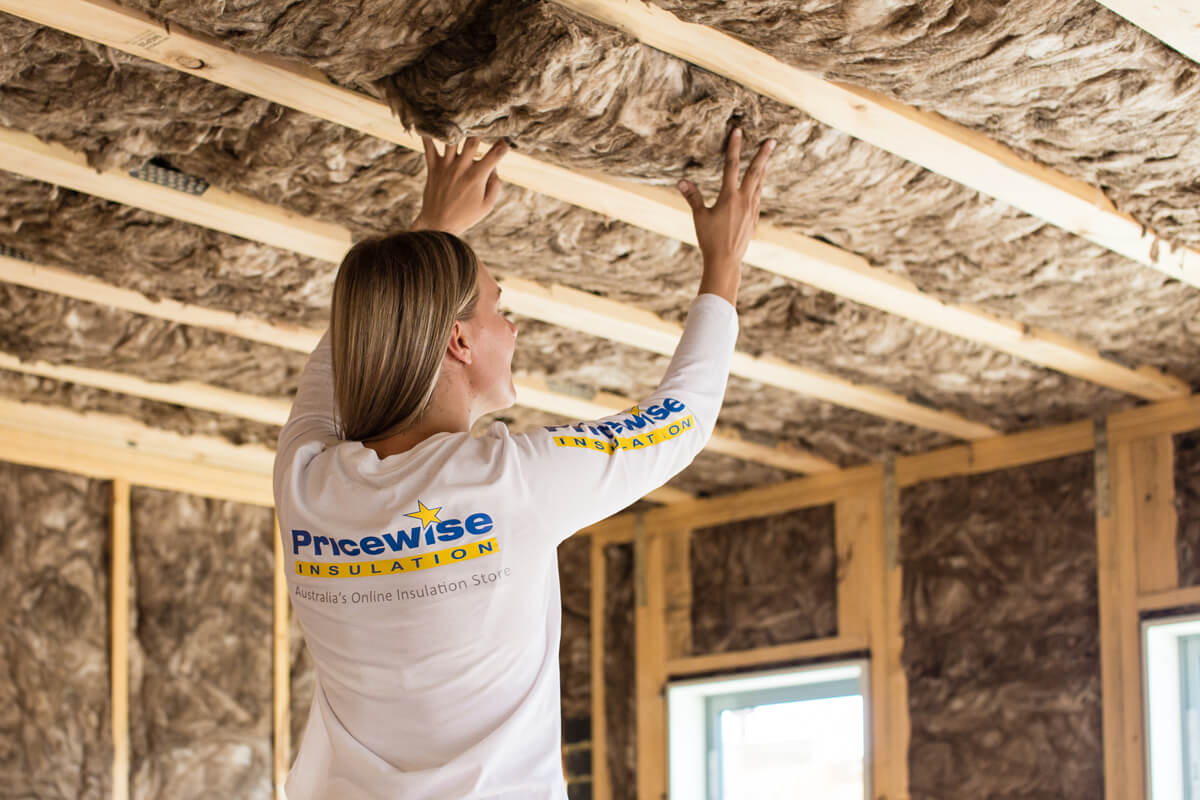
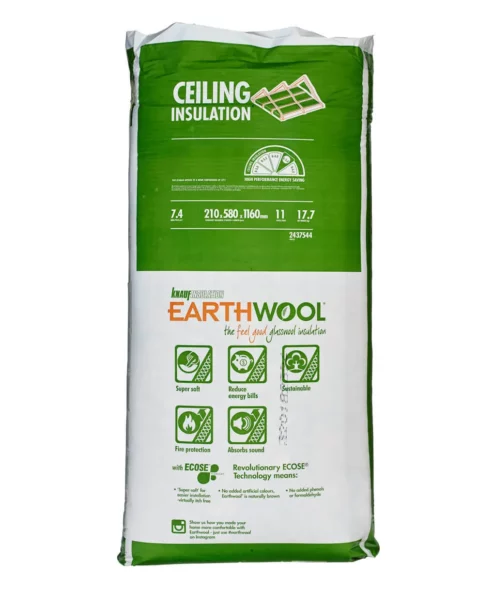
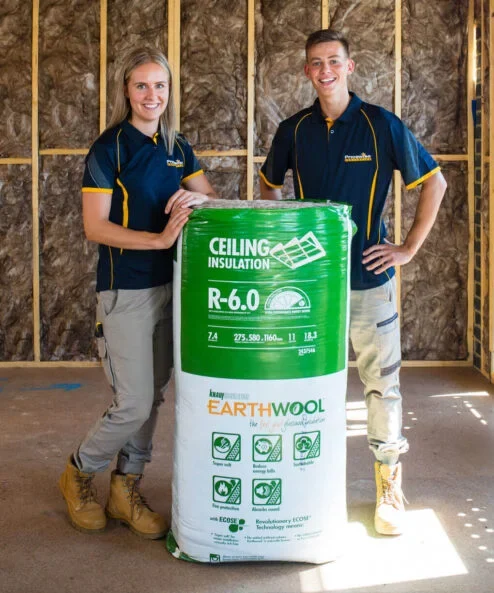
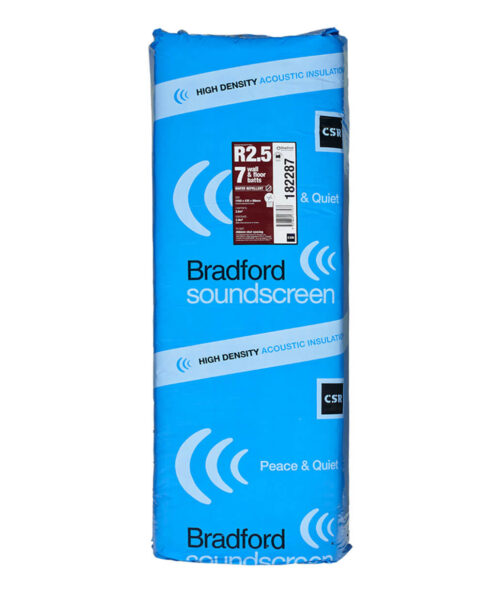
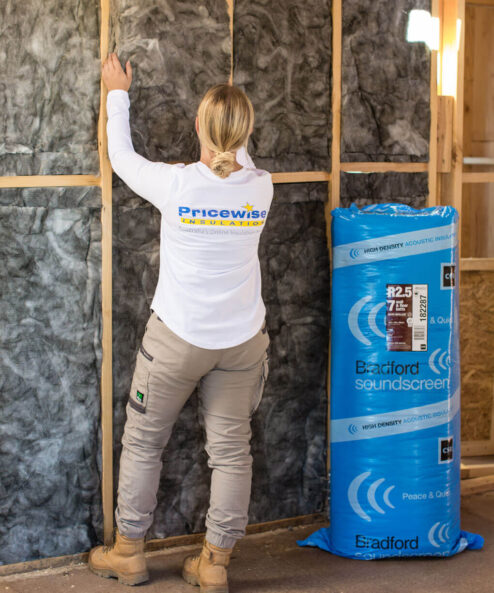
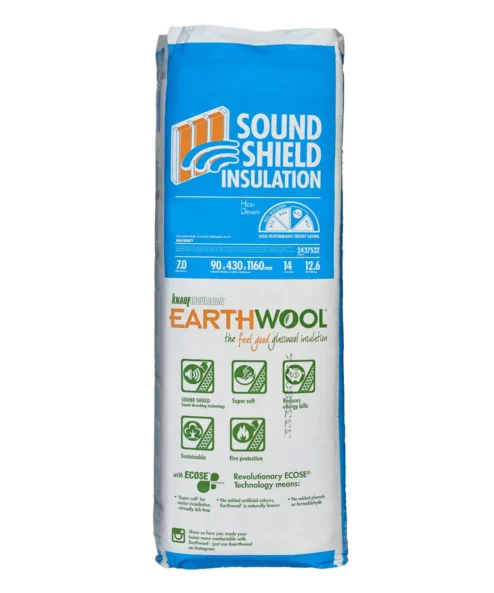
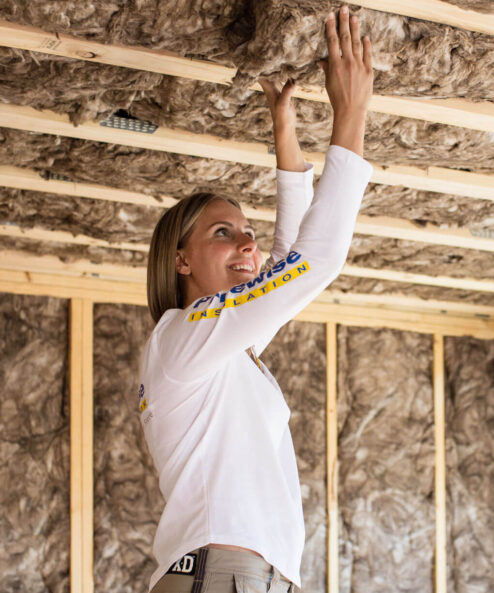
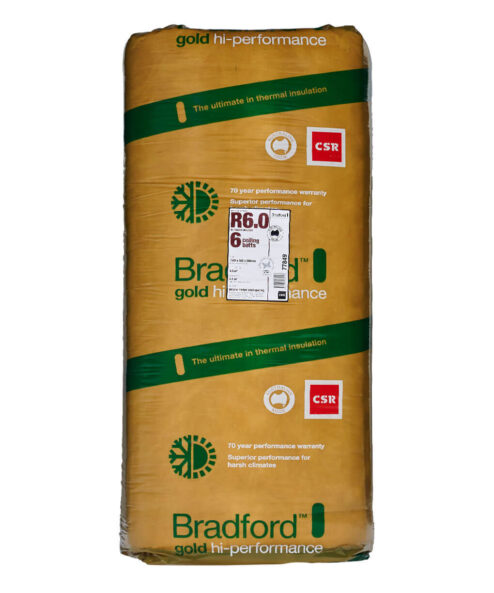
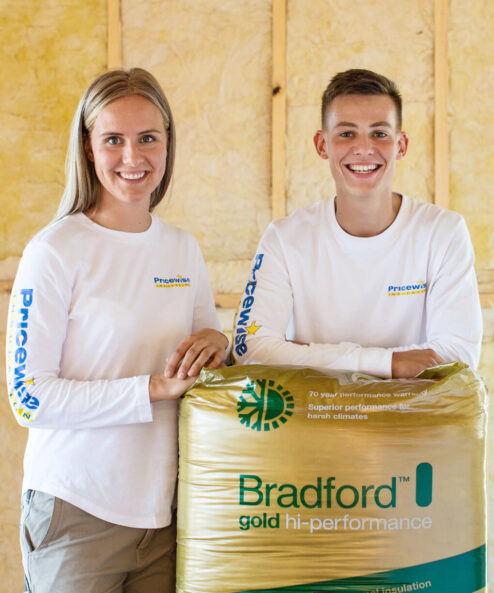
I’m living in far North Queensland.
I have an almost flat roof, It has no insulating.
We are fromoving the ceiling so We must install the insulation from below.
I’m a little confused as to what product to use.
Do I need an anti condensation membrane above on the metal roof side of the inul matireal?
I can’t see how such a membrane could be satifactorily installed in this situation.
Just looking for some advice..
Hi Peter!
Absolutely, you have alternatives for enhancing thermal performance in your attic without necessarily installing a membrane. One option is installing insulation batts between the ceiling joists, which can be practical in certain situations. To further boost the roof’s thermal performance and address concerns like dust, consider products from the Kingspan Aircell or Ametalin Thermalbrane range.
When installing insulation batts, it’s crucial to ensure they don’t touch the underside of the roof. This helps prevent any potential condensation from affecting the insulation’s effectiveness.
Kind regards,
Felicity